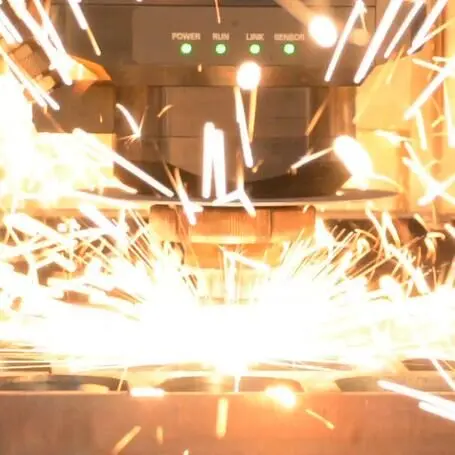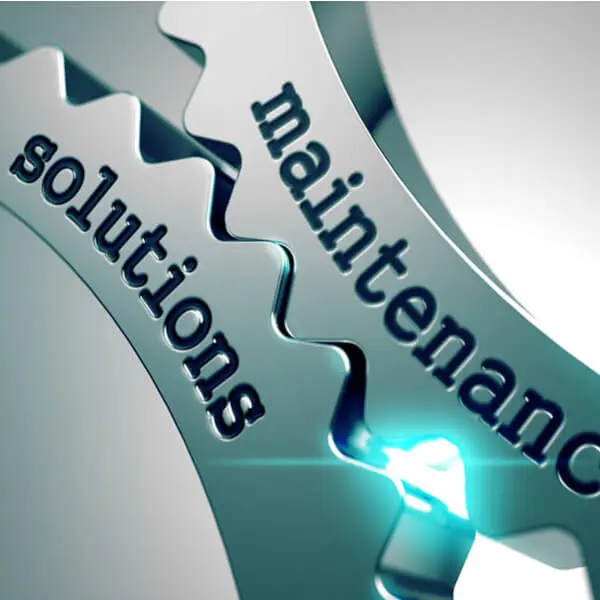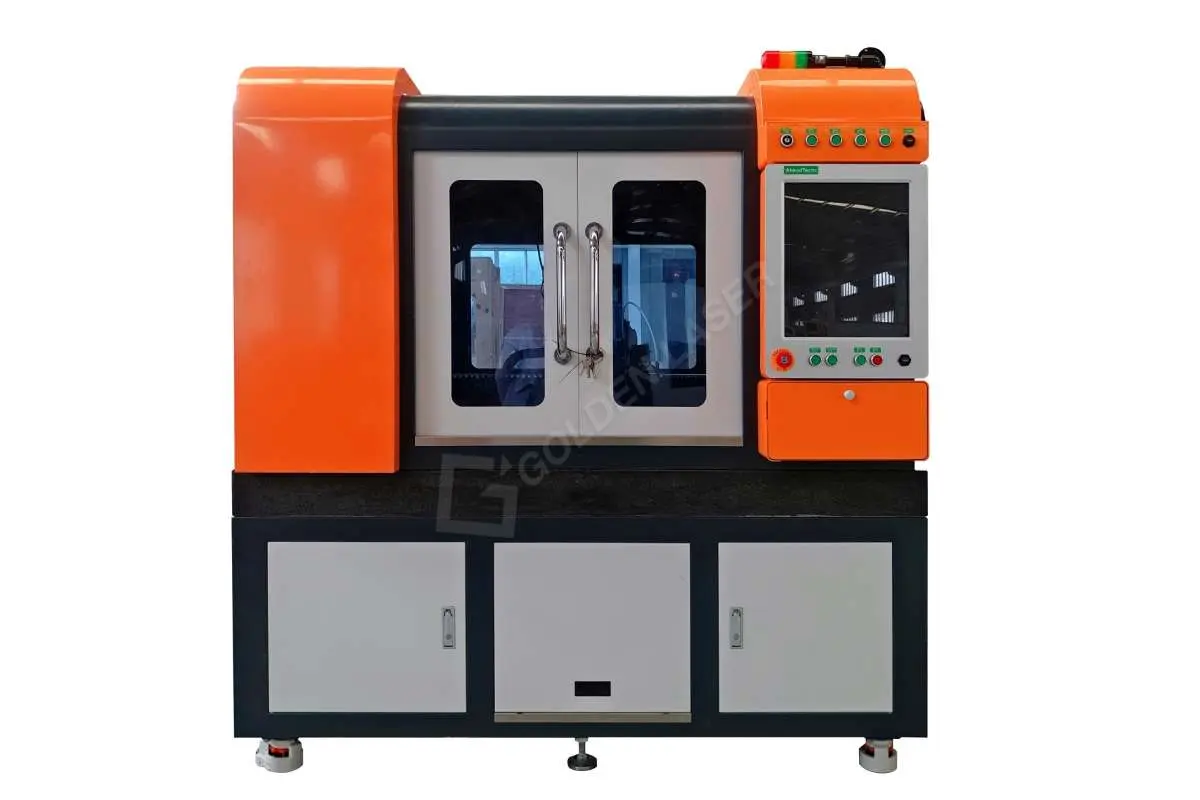In the world of manufacturing and metal fabrication, the demand for precision, speed, and efficiency is constantly growing. Among the various technologies available for cutting metal, fiber laser machines have emerged as a game-changer, offering unparalleled advantages over traditional cutting methods. This article delves into the capabilities and benefits of fiber laser machines for cutting metal, exploring how these advanced tools are redefining industry standards.

Revolutionizing Metal Fabrication with Advanced Fiber Laser Machines: Unveiling the Benefits of Laser Technology for Precision Cutting
**Understanding Fiber Laser Technology**
Fiber laser machines utilize a solid-state laser source that generates high-intensity light through optical fibers. Unlike CO2 lasers, which rely on gas, fiber lasers use a fiber optic cable to amplify light, allowing for highly focused beams with exceptional efficiency. This capability translates to superior performance in cutting metals, making fiber lasers a preferred choice for manufacturers across various sectors.
**Precision and Accuracy**
One of the prominent advantages of fiber laser machines for cutting metal is their remarkable precision and accuracy. These machines can achieve intricate cuts with tolerances as tight as ±0.01mm. The focused beam allows for finely detailed designs, making them ideal for industries that require intricate patterns and shapes, such as automotive, aerospace, and electronics. The speed and precision of fiber laser cutting reduce the need for secondary operations, saving time and costs while maintaining high quality.
**Speed and Efficiency**
In manufacturing, time is often equated with money. Fiber laser machines are renowned for their speed, capable of cutting through materials at rates significantly faster than traditional methods. They can slice through thin metals, such as aluminum and stainless steel, at astonishing speeds, enhancing overall productivity. Moreover, the efficiency of fiber lasers allows for less energy consumption, contributing to reduced operational costs and minimizing environmental impact.
**Versatility in Materials**
Fiber laser machines are adept at cutting a wide variety of metals, including steel, aluminum, brass, copper, and titanium. This versatility makes them an invaluable asset across industries. The ability to handle various materials without compromising cut quality opens up opportunities for creative and complex designs that were previously difficult to achieve. Businesses can benefit from this adaptability, allowing them to cater to diverse customer needs quickly and effectively.
**Reduced Maintenance and Operating Costs**

Revolutionizing Metal Fabrication with Advanced Fiber Laser Machines: Unveiling the Benefits of Laser Technology for Precision Cutting
One of the significant benefits of fiber laser technology is the reduced maintenance requirement compared to traditional cutting systems. Fiber laser machines have fewer moving parts and do not require extensive setup or alignment processes, resulting in minimal downtime. Furthermore, the longevity of fiber lasers is noteworthy; they typically last longer than CO2 lasers and incur lower replacement costs. These factors contribute to reduced operating costs, making fiber laser cutting a cost-effective solution for many businesses.
**User-Friendly Technology**
Today’s fiber laser machines come equipped with advanced software and user interfaces that simplify the cutting process. Operators can easily design and modify cuts using computer-aided design (CAD) software, which can directly interface with the laser machine. This integration streamlines the workflow, allowing operators to focus on design and production rather than complicated setups and adjustments. Training personnel to operate newer fiber laser systems is generally less demanding, enabling companies to maximize their workforce efficiently.
**Eco-Friendliness**

Revolutionizing Metal Fabrication with Advanced Fiber Laser Machines: Unveiling the Benefits of Laser Technology for Precision Cutting
As industries increasingly strive to reduce their carbon footprint, fiber laser machines present an eco-friendly alternative. The energy efficiency of fiber lasers leads to lower power consumption, while the precision of the cuts minimizes waste materials. Additionally, fiber laser technology supports various recycling initiatives, as it can cut metal scraps with cleaner edges, making them easier to repurpose.
**Conclusion**
In conclusion, fiber laser machines for cutting metal are revolutionizing the manufacturing landscape, offering exceptional precision, speed, and versatility. Their ability to handle various materials effectively, coupled with reduced maintenance and operating costs, makes them a preferred choice for industries seeking to enhance productivity. As technology continues to advance, fiber laser machines will undoubtedly play a crucial role in shaping the future of metal fabrication, paving the way for innovative designs and efficient production processes. Investing in this cutting-edge technology is not just a smart move—it’s a necessary step toward remaining competitive in a rapidly evolving market. Metal Iron Cutting Machine Price
